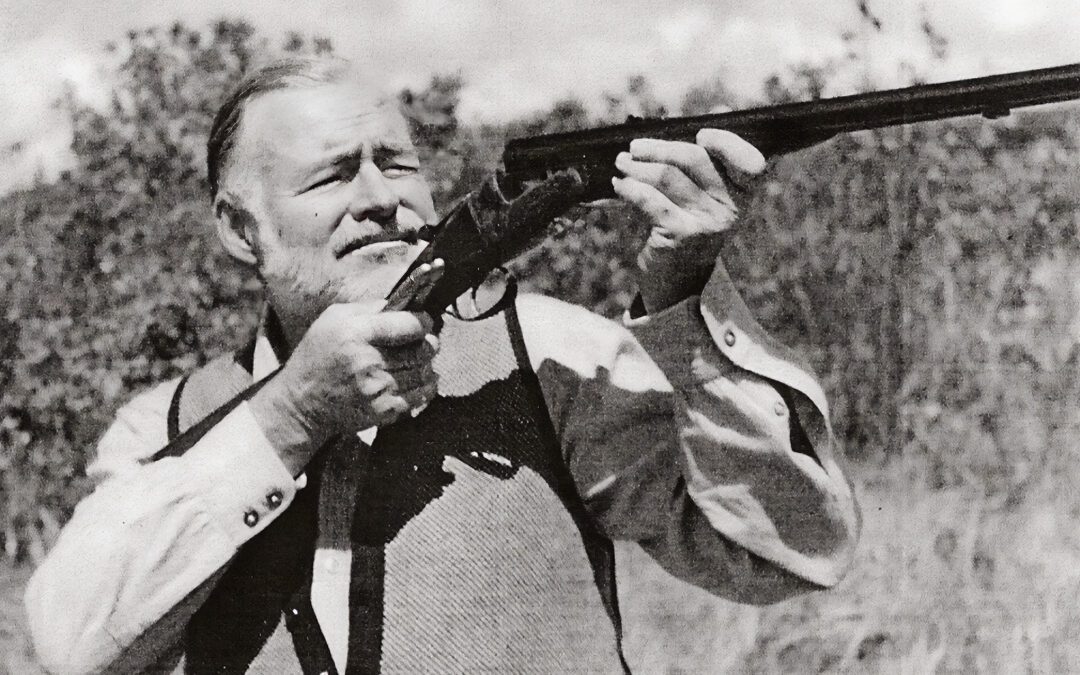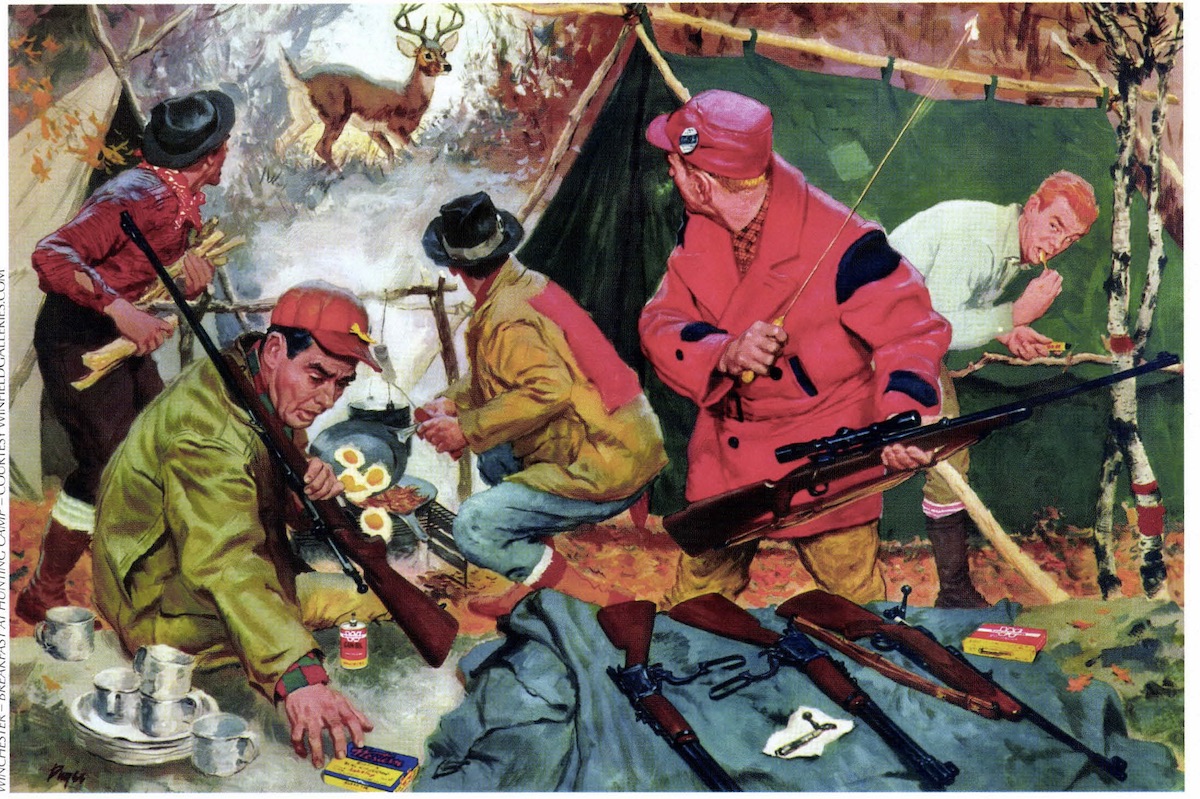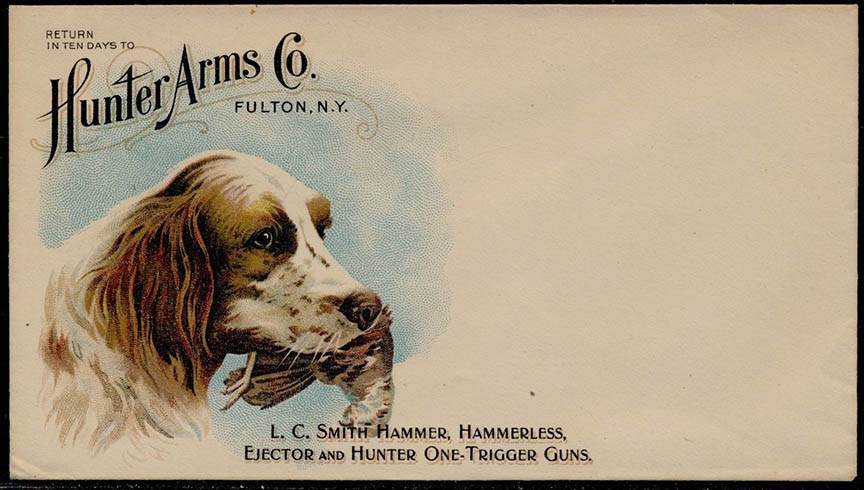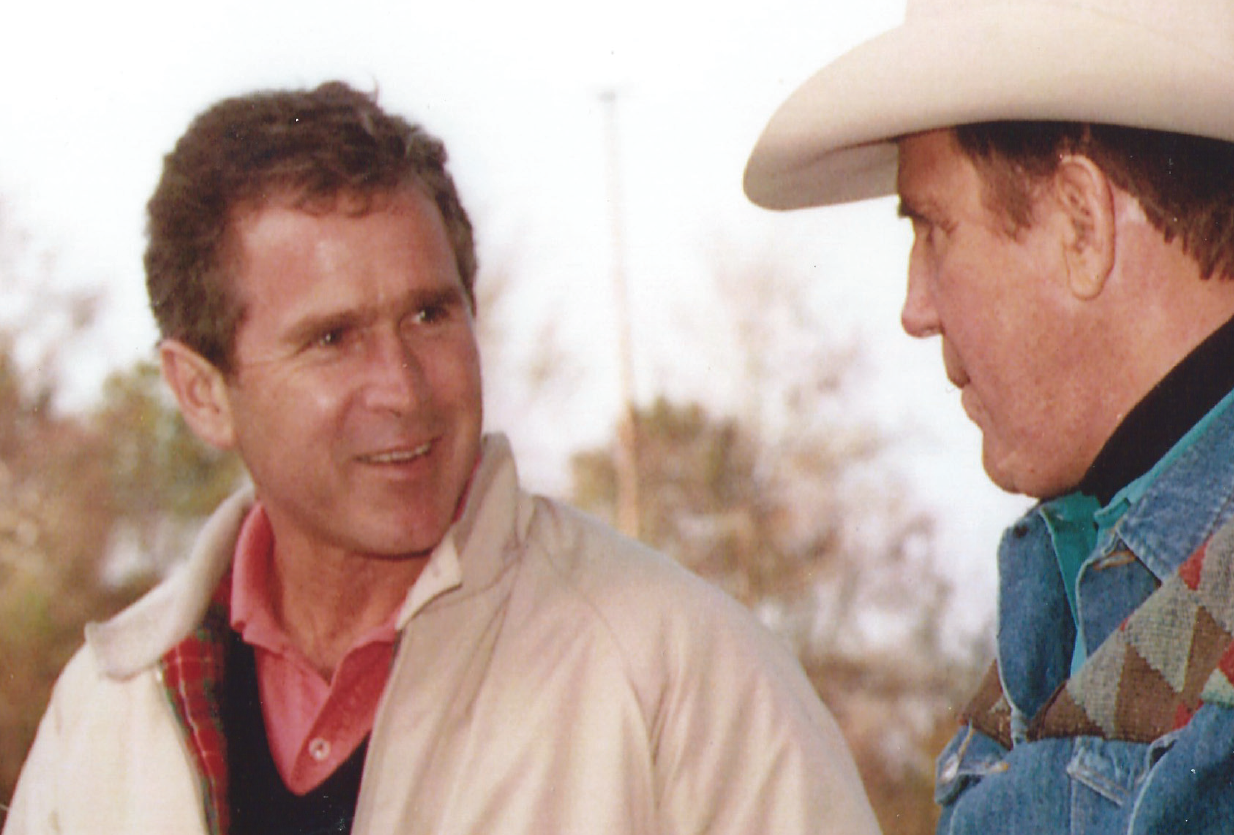If the thought that literary liberals once hungered for London doubles doesn’t fill you with doubt, then read on.
Russian author Ivan Turgenev, whose efforts to free the serfs produced the Sportsman’s Sketches, bought a Joseph Lang gun. Ernest Hemingway acquired a Westley Richards while Isak Dinesen, famed for her farm in Africa, was gifted a John Rigby.
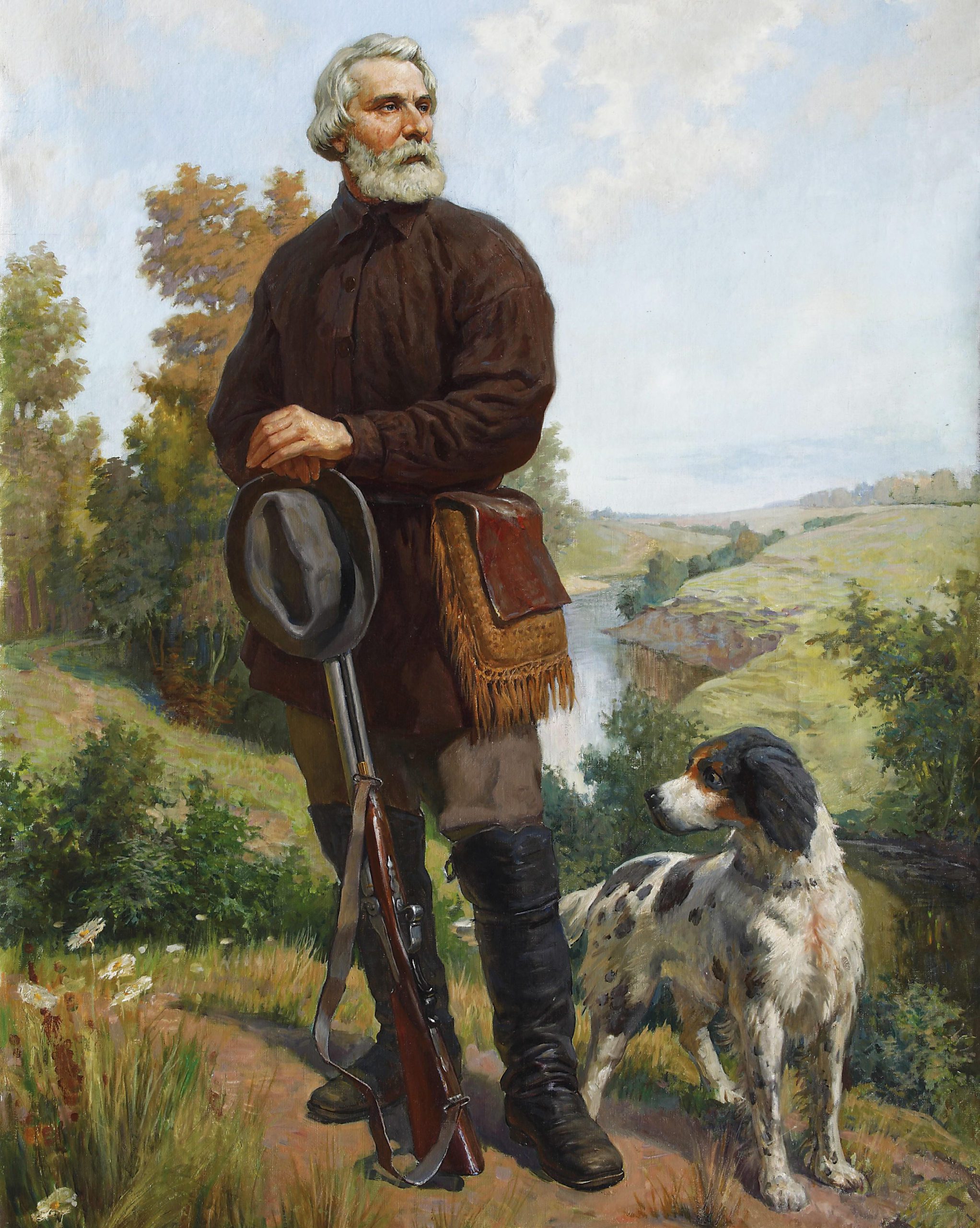
Russia’s Ivan Turgenev: arguably the greatest literary bird hunter of all time. CREDIT: ALAMY PHOTO / IVAN TURGENEV LITERARY MUSEUM, ORYOL, RUSSIA.
“Turgenev had discovered the existence of the gunsmith Joseph Lang, of Cockspur Street,” wrote biographer Patrick Waddington in Turgenev and England. “Some years earlier, Lang had brought to Britain the new Lefaucheux shotgun and made some improvements in its performance. For Turgenev, ‘Leng’ (as he pronounced the name) was simply the world’s best craftsman.” The Russian émigré paid £41 for his breechloader and wrote: “How beautiful it is! It makes you feel like going down on your knees! And what an aim it has!” In reality, the “aim” took some adjustment since Turgenev fired 50 shots to bag just 11 brace while walking up grouse on the 12th at Fincastle near Pitlochry in 1871.
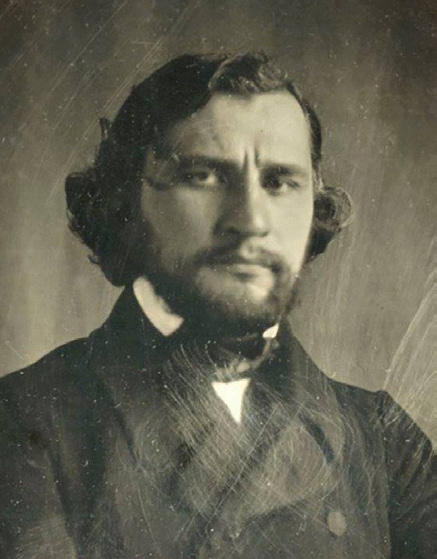
Ivan Turgenev, circa 1847-1850.
Turgenev’s clipped sentences and snapshot characterization influenced Ernest Hemingway’s writing sometime after Sylvia Beach encouraged Papa to read Sportsman’s Sketches. Hemingway borrowed the book often from Beach’s Left Bank lending library and appeared to have learned its lessons well.
In 1953, Hemingway indulged his appetite for adventure with an East African safari. His stopping weapon was a Westley Richards 577 Nitro Express rifle. This huge double featured an Anson & Deeley action, but even a modest boxlock has the dignity of lineage.
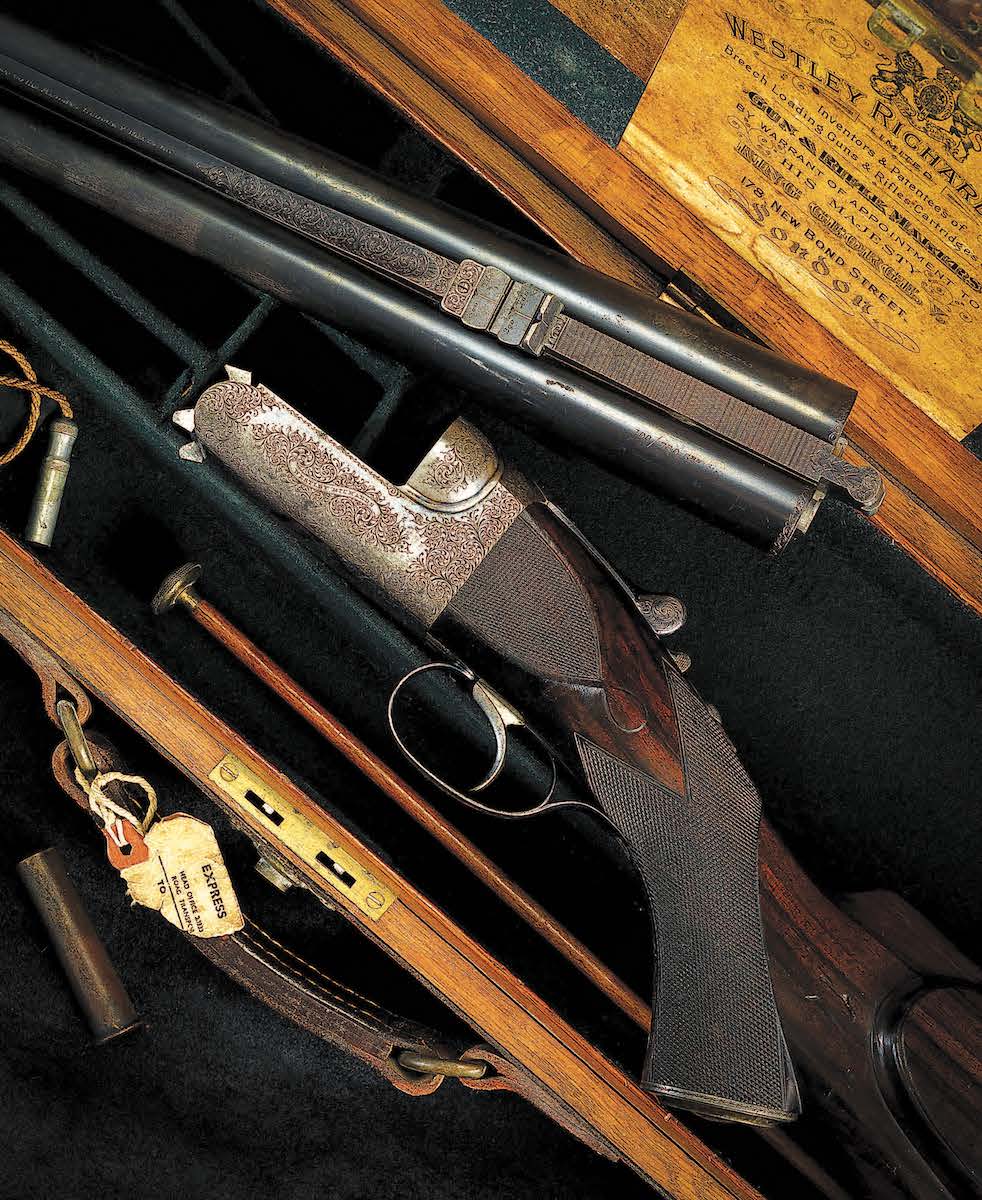
Ernest Hemingway’s Westley Richards 577 Nitro Express. PHOTO COURTESY WESTLEY RICHARDS.
Westley Richard’s boxlock is a simple, low-maintenance design with few moving parts, ideal for a fellow an ocean away from his gunmaker. Subtly modified through successive iterations by the time Hemingway acquired his, the A&D was fastened by a Purdey under-bolt and featured hand-detachable locks.
Hemingway was not the gun’s first owner, however. The rifle had been built for Captain Stephen Henry Christie of the 20th Hussars who was killed on the Marne in the opening weeks of the Great War. Hemingway acquired it from Winston Guest, great-grandson of John Spencer-Churchill, 7th Duke of Marlborough.
The barrels are engraved “Westley Richards 178 New Bond St. London Gun Makers By Appointment to His Majesty George V Rex Et Imp,” a reference to the royal warrant Westley Richards used as the frontispiece of its 1912 catalogue.
During the Second World War, Hemingway took his elephant gun to Cuba where he intended to shoot U-boats. He was fortunate the Kriegsmarine eluded him, since even the 750-grain bullet of his 577 is a dagger at a gunfight when compared to a German 88mm deck gun.
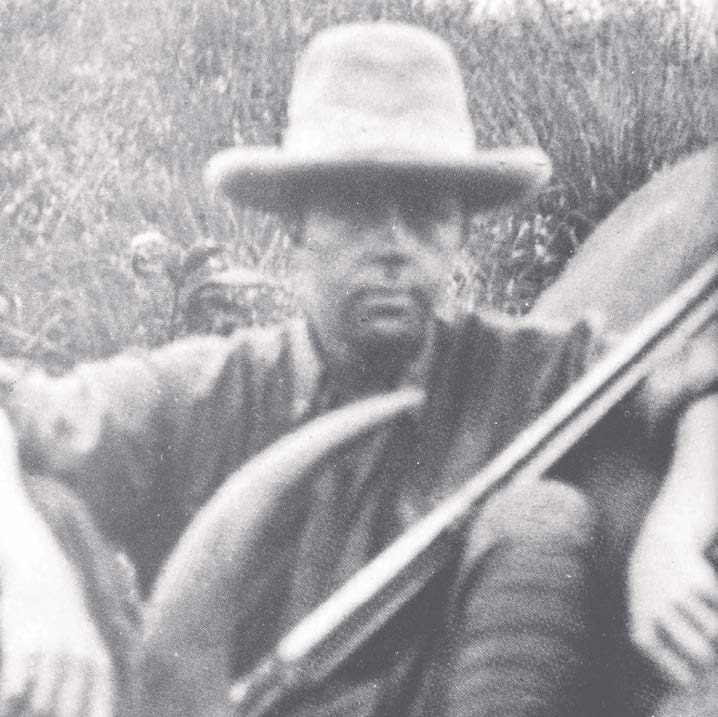
Baron Bror Fredrik von Blixen-Finecke
One of Papa’s guests in Cuba was Baron Bror Fredrik von Blixen-Finecke, of whom celebrated author Beryl Markham wrote: “He is six feet of amiable Swede and, to my knowledge, the toughest, most durable white hunter ever to snicker at the fanfare of safari or to shoot a charging buffalo between the eyes while debating whether his sundown drink would be gin or whiskey.”
Early in 1917, the Baron took delivery in Mombasa of a double rifle in .220 Savage Hi-Power from John Rigby and Co. Rigby’s reputation rests firmly on its rifles. Their dipped edge lockplates are a signature feature every bit as recognizable as Louboutin’s lacquered red soles.
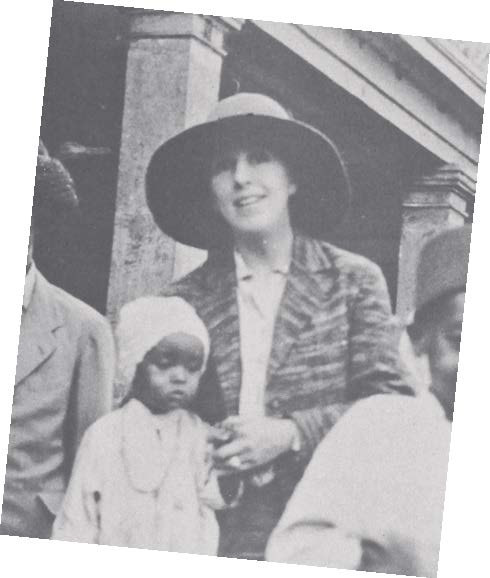 Serial number 17,873 is a trifle of a thing weighing 7 pounds, 3 ounces. It was shipped in a case featuring a coronet and the initials “K.B.F.” Years later, after the Baron died, the rifle was described in Sotheby’s auction as a “small-bore lightweight rifle…made to accommodate the requirements of a lady shot.” The rifle was clearly intended for the Baron’s first wife and second cousin Karen Blixen-Finecke, who wrote under the nom de plume Isak Dinesen.
Serial number 17,873 is a trifle of a thing weighing 7 pounds, 3 ounces. It was shipped in a case featuring a coronet and the initials “K.B.F.” Years later, after the Baron died, the rifle was described in Sotheby’s auction as a “small-bore lightweight rifle…made to accommodate the requirements of a lady shot.” The rifle was clearly intended for the Baron’s first wife and second cousin Karen Blixen-Finecke, who wrote under the nom de plume Isak Dinesen.
Although the .220 is an unlikely caliber for dangerous game, it is explicitly proffered to make people dream. Its appeal, for the Baron, may have been that its relatively low recoil wouldn’t prove too distressing for his wife. It’s not difficult to imagine a whiff of cordite, a wreath of smoke and the Baroness hooked on the safari lifestyle.

